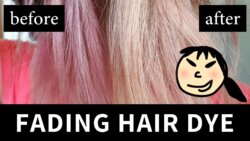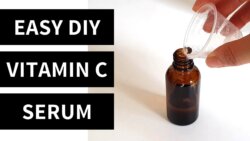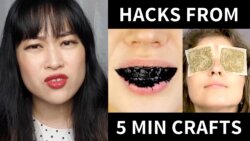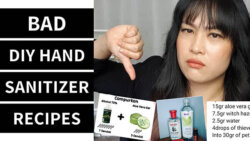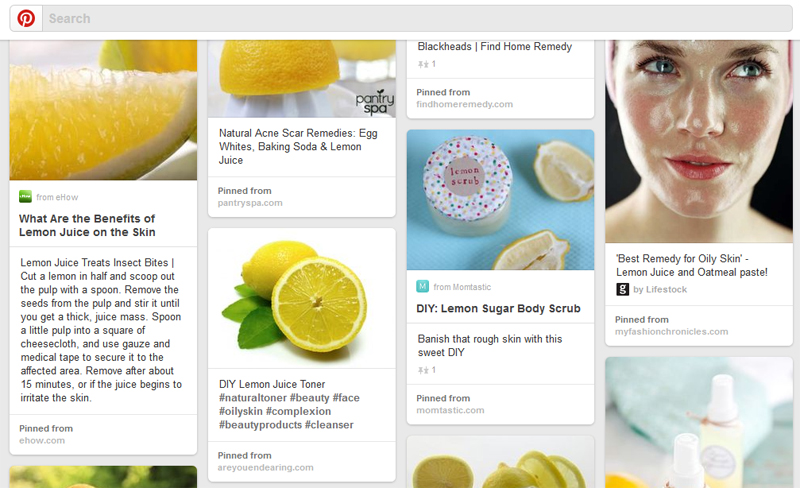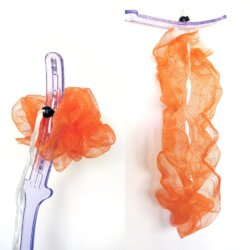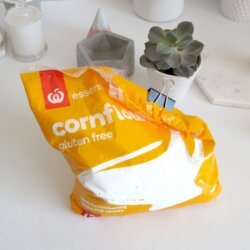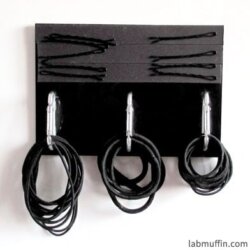Fading Hair Dye With Low Damage
I had purple and mauve hair for about six months, but the purple I had really sunk and it’s way in, and I couldn’t get it to the warm, peachy color that I really wanted. But I was a bit scared of just bleaching it because I had to bleach it twice the first time to get it to get …
